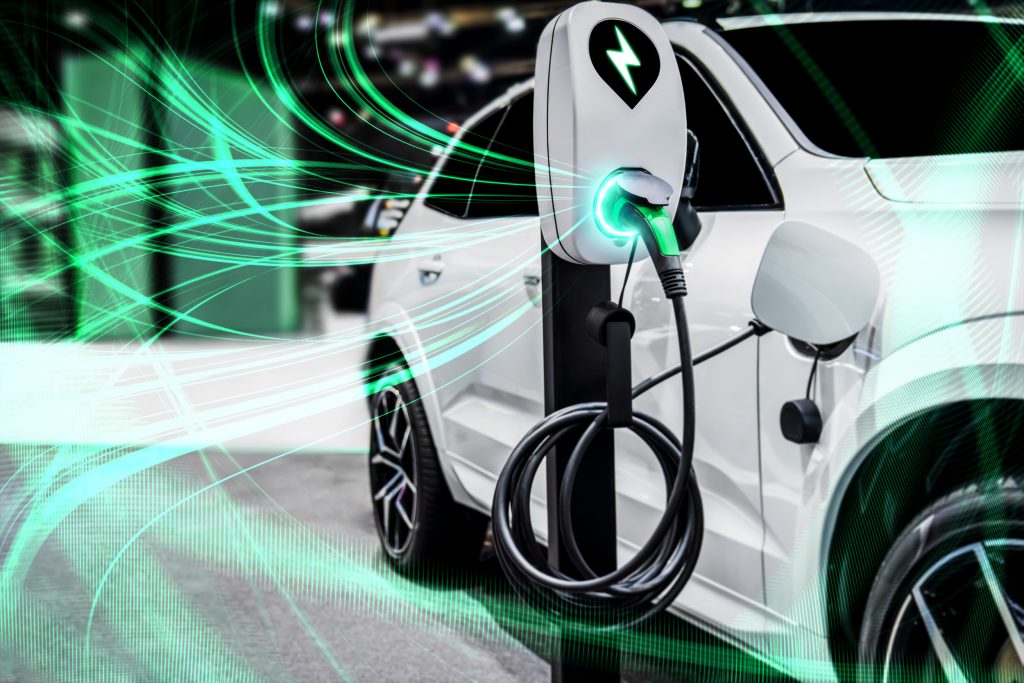The Treasury Laws Amendment (Electric Car Discount) Bill 2022 was introduced which proposes to make the provision of zero or low emissions vehicles exempt from fringe benefits tax (FBT).
The FBT exemption will apply to cars below the luxury car tax threshold for fuel-efficient vehicles (currently set at $84,916 for the 2022-23 income year) which are:
- battery electric vehicles
- hydrogen fuel cell electric vehicles
- plug-in hybrid electric vehicles.
A car that has an internal combustion engine will not be within the scope unless it is able to be fuelled by a battery that can be recharged by an off-vehicle power source (i.e., plug-in hybrid car). The benefit exempted from FBT for eligible electric cars will include any associated running costs.

Note: The exemption is restricted to cars designed to carry a load of less than one tonne and fewer than nine passengers. This Bill does not change the treatment of fringe benefits involving the use of other electric vehicles which are not cars, such as motorbikes.
Current Fringe Benefits Tax rules for Electric Cars
Under the current law, where an employer provides a fringe benefit to an employee on an electric car – a ‘zero or low emissions vehicle’ – the employer is subject to FBT on the taxable value of the benefit, which is calculated using the statutory formula or on a cost basis.
New Fringe Benefits Tax exemption for Electric Cars
The proposed FBT exemption relates to car fringe benefits and will only apply to vehicles that are ‘cars’ for FBT purposes. This means that other types of electric vehicles will not qualify for the exemption, such as vehicles that can carry a load of one tonne or more, or nine passengers or more. For example, the popular ‘dual-cab ute’ may qualify for a separate FBT exemption in certain circumstances.
Generally, a car fringe benefit arises when a car is applied to or made available for private use to an employee, or an associate of an employee, by their employer.
The car benefit is exempt
Under the proposed amendments, a car benefit will be exempt if all the following conditions are satisfied:
- The benefit is provided to a current employee
Although the definition of ‘employee’ in the FBT rules includes a current, future, or former employee, the amendments specifically refer to only current employees. This means the FBT exemption for electric cars will not extend to future or former employees. It is not clear why the Government has limited the exemption to only current employees.
- The car is a ‘zero or low emissions vehicle’
- The value of the car at the first retail sale (i.e. purchase price) was below $84,916 for 2022-23, which is the luxury car tax threshold for fuel-efficient cars
- The car was first held and used on or after 1 July 2022.
- The benefit exempted from FBT is the private use of the vehicle, including any associated costs of running and maintaining the car for the period the car fringe benefit was provided
Tax Implications
A number of implications arise from the introduction of the Bill:
- Reporting exempt car fringe benefits – Electric car fringe benefits that are exempt from FBT will still be counted towards a current employee’s reportable fringe benefits amount (RFBA). This will apply for each FBT year in which the exempt benefit is provided, as RFBAs is used to determine various liabilities and entitlements
- Salary packaging arrangements – Provided the conditions for the exemption are satisfied, the exemption is available if the benefit is provided under a salary packaging arrangement. Salary sacrificing involves an employee sacrificing part of their “gross” salary towards the cost of a fringe (i.e. non-cash) benefit. Salary sacrifice arrangements work in such a manner that the individual claims a tax deduction for the amount sacrificed, and the employer may then have an additional FBT liability in relation to the benefit provided. However, no further FBT is payable by the employer if the benefit provided is an exempt fringe benefit.
Effectively, the employee gets a tax deduction for the costs associated with the vehicle and the employer does not have to pay any additional FBT. Novated lease arrangements are extremely popular in relation to motor vehicles, and we expect this exemption to make them even more popular over the coming years.
Date of Effect
When the Bill becomes law, the FBT exemption will only apply to fringe benefits provided on or after 1 July 2022, for eligible electric cars that are first used on or after 1 July 2022. This means that the electric car must be first held, owned, or otherwise made available to the employee or associate on or after 1 July 2022. It also means that the car must be first used on or after 1 July 2022 for the FBT exemption to be available.
Therefore, electric cars that employers have provided to employees for their use before 1 July 2022 will not be eligible for the FBT exemption. The Bill has been referred to the Senate Economics Legislation Committee, which is due to provide its report on the Bill by 21 September 2022.
General Advice Warning
The material on this page and on this website has been prepared for general information purposes only and not as specific advice to any particular person. Any advice contained on this page and on this website is General Advice and does not take into account any person’s particular investment objectives, financial situation, or particular needs.
Before making an investment decision based on this advice, you should consider, with or without the assistance of a securities adviser, whether it is appropriate to your particular investment needs, objectives, and financial circumstances. In addition, the examples provided on this page and on this website are for illustrative purposes only.
Although every effort has been made to verify the accuracy of the information contained on this page and on this website, Investax, its officers, representatives, employees, and agents disclaim all liability [except for any liability which by law cannot be excluded] for any error, inaccuracy in, or omission from the information contained in this website or any loss or damage suffered by any person directly or indirectly through relying on this information.
Table of Contents
 Get the full article as a PDF
Get the full article as a PDF





